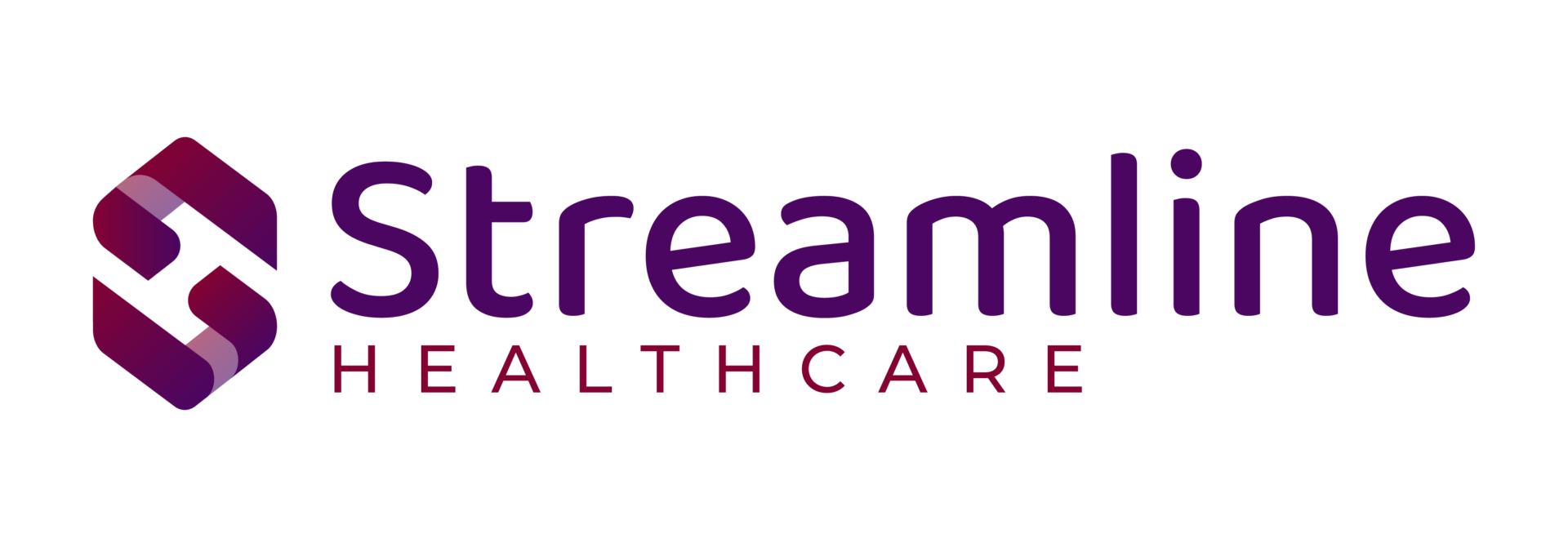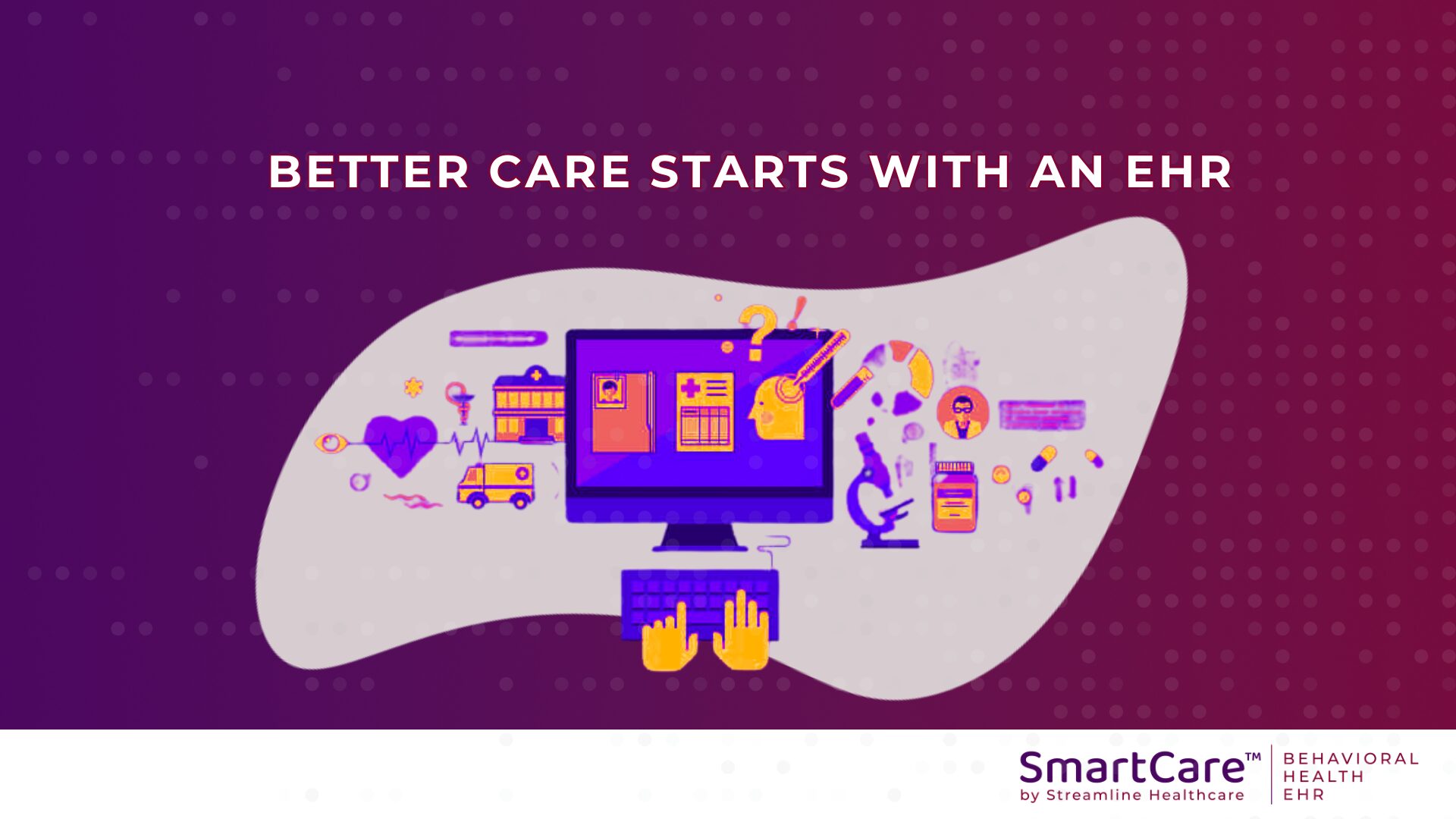How Providers Are Adapting to the New Normal of Telehealth
As telehealth evolves from a COVID-19 Pandemic workaround to a permanent fixture in both physical and behavioral health, provider organizations have shifted focus to making this care delivery method as effective as possible as a long-term solution.
Telehealth use expanded dramatically during the height of the COVID Pandemic in 2020. McKinsey & Company estimated that telehealth use stabilized in 2021 at 38 times pre-COVID levels.

Late last year, the Centers for Medicare & Medicaid Services (CMS) updated the 2022 Medicare Physician Fee Schedule (PFS) to eliminate several limitations to behavioral health telehealth.
Provider organizations are working to figure out how a permanent telehealth option fits into their offering in terms of both strategy and technology. Last year, Xtelligent Healthcare Media conduted a survey of both physical and behavioral health providers that offered interesting insights regarding the future of telehealth.
A Hybrid Approach to Telehealth and In-Person Care
Figuring out the right formula for providing better care
Providers are working to find the right hybrid model strategy that balances traditional care with remote care. As one of them put it, “Our goal should never be to just do more telehealth. The goal is better care. If telehealth is part of better care, great.”
For a discussion of how several behavioral health organizations are addressing the strategic challenges of a hybrid model that balances traditional care and telehealth, check out this OPEN MINDS webinar.
Overcoming the Challenge of Technological Infrastructure
The transition to telehealth has presented obstacles for providers and clients alike
The Xtelligent survey found that the biggest challenge providers face in implementing telehealth is technological infrastructure, which ranked as a bigger issue than adjusting workflows or meeting state requirements.
Xtelligent noted that providers whose telehealth platform was integrated into their Electronic Health Record (EHR) platform had the easiest time rolling telehealth out. “The more telehealth is streamlined and integrated with the EHR and the patient platform, the easier it was for them and patients… Challenges really started to emerge when you had different platforms.”
Streamline SmartCare’s Integrated Telehealth EHR Solution
Streamline’s SmartCare™ platform offers integrated telehealth functionality. Users can seamlessly and securely provide telehealth services for clients without worrying about integrating with other tools.
SmartCare™ telehealth works on laptops, tablets, and desktops, so users can deliver and receive behavioral health services in any setting. Users communicate through a secure electronic messaging tool set up directly from within the client’s care plan with Zoom, GoToWebinar, or other software. That means users can communicate with clients, conduct a remote therapy session, take notes, and follow up, all within one system.
SmartCare™ includes a Patient Portal that gives clients easy, secure access to their health information. Because telehealth integrates with the rest of SmartCare, all data entered into the Patient Portal automatically enters the platform’s care management and revenue cycle management functions.
Get in touch with us to learn more about the SmartCare™ EHR or to request a demo to experience the portal yourself.




